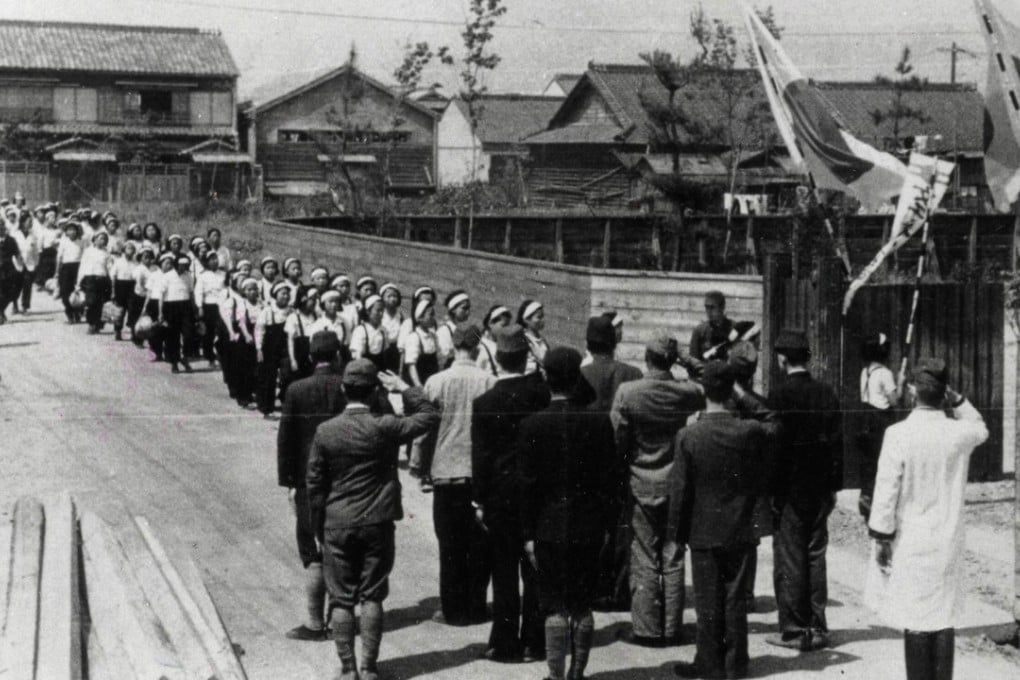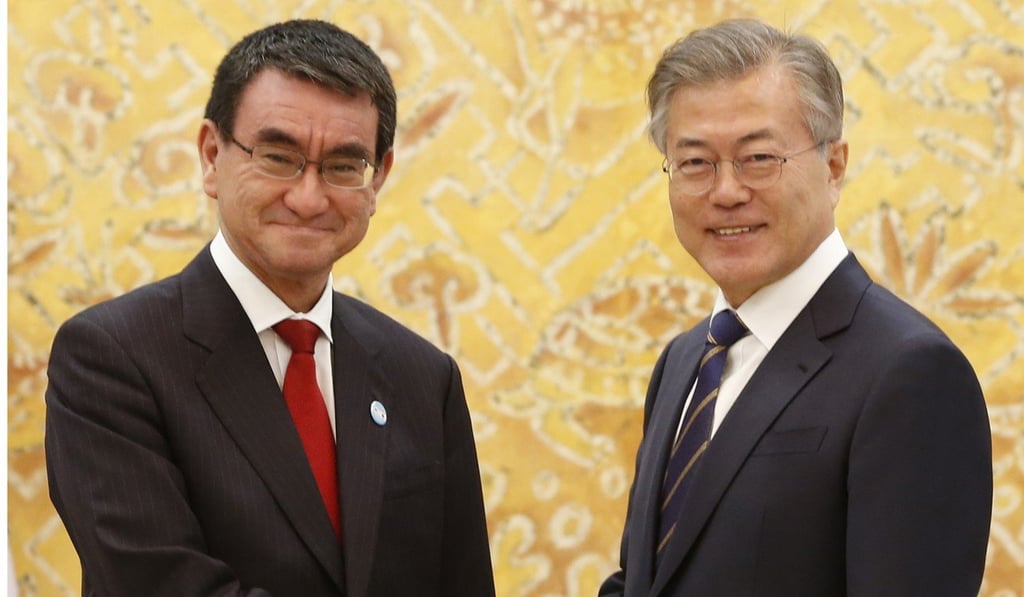Why can’t Japan and South Korea get past their battle scars?
As economic ties between Seoul and Tokyo fade, bad blood dating back more than a century has started to resurface

In 2003, Winter Sonata, a long and heartbreaking Korean TV drama series about love, passion, sacrifice and respect for human dignity, was broadcast on Japanese television, to great acclaim. A charismatic Korean actor, Bae Yong-joon, portraying a gifted young architect and a romantic lover, became a megastar in Japan, and the darling of Japanese ladies. Everyone came to know him simply as “Yong-sama”. Yong-sama-style scarfs, glasses and hairstyles became instant hits. Winter Sonata tour packages grew popular with Japanese tourists to South Korea, and their numbers rocketed.
In Japan Winter Sonata marked the beginning of the “Kanryu” (Korean-style cultural products) boom. This, in turn, provided a strong impetus for the expansion of bilateral ties – including business and trade.
Now those days are gone. The honeymoon is over, and all the complexities in the neighbours’ relations are surfacing once again – as was demonstrated when Japanese Foreign Minister Taro Kono visited South Korea this week to push for continued international sanctions on Pyongyang until it gives up its nuclear and missile programmes. When Kono met his South Korean counterpart Kang Kyung-wha in Seoul, the two nations vowed to work closely on the North Korean threat, but remained divided on the issue of wartime crimes.

Japan and South Korea, the first- and second-largest industrially developed nations of Asia, play a central role in the continent’s economy, including the creation of large-scale free trade areas which could transform it drastically.
History matters. Korea was under Japan’s colonial rule from 1910 to 1945. In June, 1965, after long years of difficult negotiations, the two countries signed the Treaty on Basic Relations and the related agreements. Formally, it completed the normalisation process. However, half a century later, disputes remain.